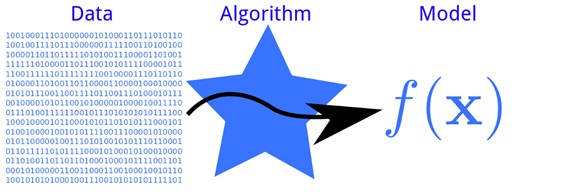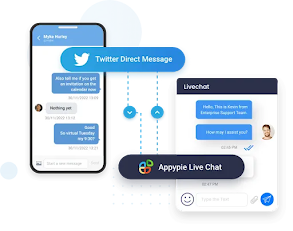Artificial Intelligence has already spread into every aspect of our lives. From a simple Google Search to the invention of self-driving cars, its role in our digital lives is important to acknowledge and understand. Though it appears to be a more recent invention, AI has been around a lot longer than we would predict.
The term artificial intelligence was coined in 1956, but AI has become more popular today thanks to increased data volumes, advanced algorithms, and improvements in computing power and storage. In the 1960s, the US Department of Defense took interest in this type of work and began training computers to mimic basic human reasoning. For example, DARPA completed street mapping projects in the 1970s and then produced intelligent personal assistants in 2003, long before Siri or Alexa.
Some people will use the terms AI and machine learning interchangeably, especially since most of the current advances in AI have involved marine learning; however, they are separate concepts.
Machine learning is behind chatbots and predictive text, language translation apps, the shows Netflix suggests to you, and how your social media feeds are presented. In other words, machine learning takes the approach of letting computers learn to program themselves through experience.
It can be time consuming or even impossible to train a computer like we do humans. But, machine learning has proven it could marshal a vast amount of data, beyond anything any human could handle.
How it Works
Machine learning starts with data such as numbers, photos, or text. The data is gathered and prepared to be used as training data, or the information the machine learning model will be trained on. The more data, the better the program.
Programmers choose a machine learning model to use, supply the data, and let the computer model train itself to find patterns or make predictions. Over time, the human programmer can also tweak the model, including changing its parameters, to help push it toward more accurate results.
The function of a machine learning system can either be...
Descriptive: the system uses the data to explain what happened
Predictive: the system uses the data to predict what will happen
Prescriptive: the system will use the data to make suggestions about what action to take
Additionally, there are three subcategories of machine learning: supervised, unsupervised, or reinforcement. Supervised machine learning deals with a labeled data set, whereas unsupervised deals with unlabeled data. Reinforcement machine learning, on the other hand, is a trial and error method. The computer has a reward system so that it learns from its accuracy and mistakes.
Machine learning is best suited for situations with lots of data so that the computer has thousands or millions of examples. This can be observed in the Google Translate application as it "trained" on the vast amount of information on the web, in all different languages.
Uses in Business
Machine learning is the core of some companies' business models, like in the case of Netflix's suggestions algorithm or Google's search engine. Its ability to gain insight or automate decision-making in cases where humans would not be able to has made it the ultimate tool of wealth creation.
Google search is an example of something that humans can do, but never at the scale and speed at which the Google models are able to show potential answers every time a person types in a question.
Companies are able to use machine learning in a variety of ways:
From manufacturing to retail and banking to bakeries, even legacy companies are using machine learning to unlock new value or boost efficiency.
Concerns
While machine learning is fueling technology that can help workers or open new possibilities for businesses, there are still concerns and limitations that businesses should understand.
One of these being explainability, or the ability to be clear about what the machine learning models are doing and how they make decisions. Systems can be fooled and undermined, or just fail on certain tasks, even those humans can perform easily. While most problems can be solved through machine learning, people should assume right now that the models only perform to about 95% of human accuracy.
Another concern is bias and unintended outcomes. Machines are trained by humans, and human biases can be incorporated into algorithms. If biased information, or data that reflects existing inequities, is fed to a machine learning program, the program will learn to replicate it and perpetuate forms of discrimination.
For example, if a chatbox is trained on how people converse on Twitter, it would pick up on and replicate offensive and racist language.
The most important thing a business can do is making sure its organization embraces human-centered AI. This is rooted in the practice of seeking input from people of different backgrounds, experiences, and lifestyles when designing AI systems.
Conclusion
We have reached a digital age that is practically fueled by artificial intelligence and its subfields: machine learning, neural networks, and deep learning. This technology can open so many possibilities, but it's important to fully understand these tools and think about how to use them well. Being aware of the social, societal, and ethical implications of machine learning is the best thing we can do.
"Machine learning is changing, or will change, every industry, and leaders need to understand the basic principles, the potential, and the limitations," stated MIT computer science professor Aleksander Madry.





No comments:
Post a Comment